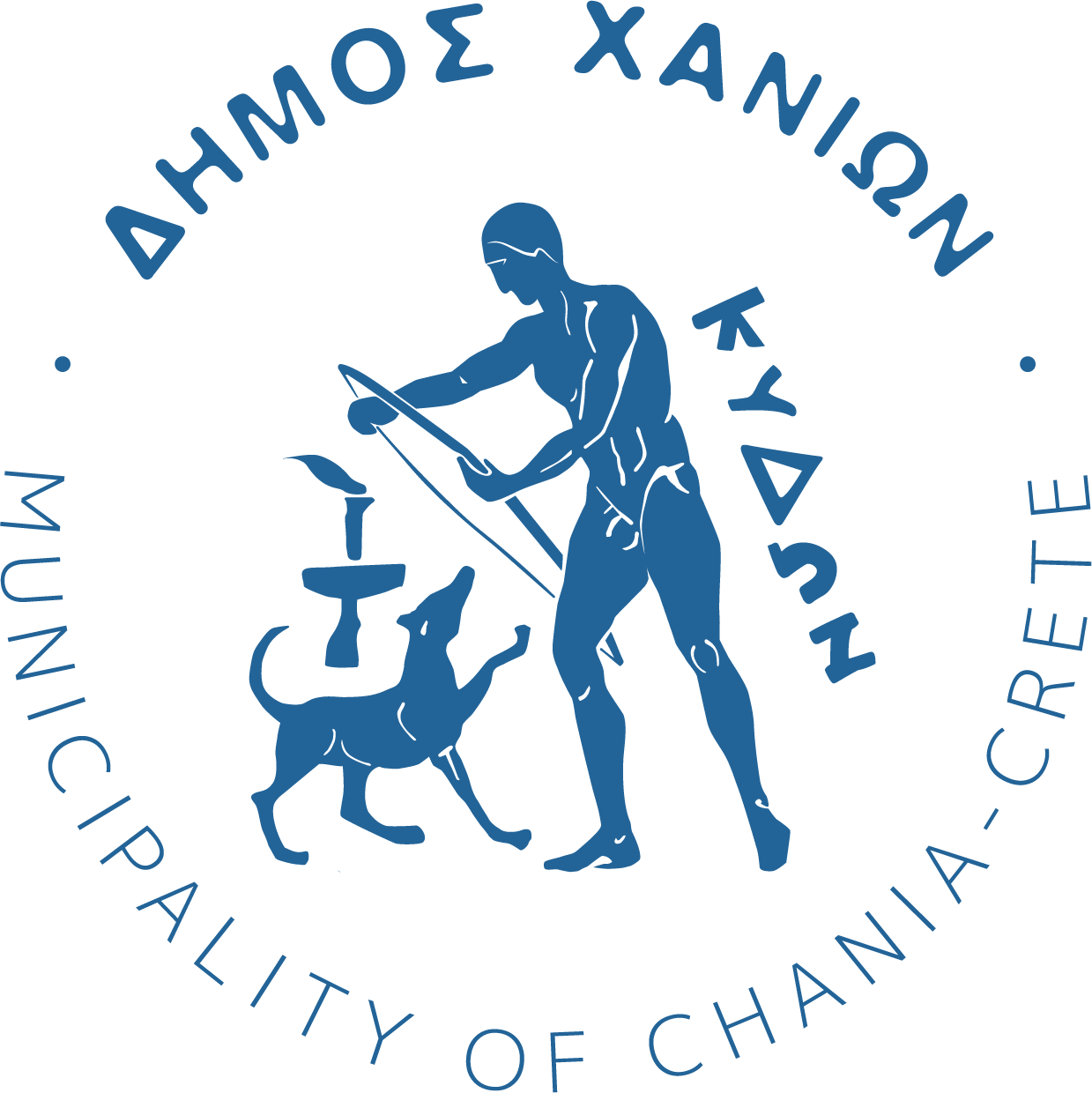The Municipal Market of Chania, the huge building of 4,000 m2, in a surrounding area of 17,200 m2, is the “heart” of the city. An original and studied building, it is not only a center of great business activity, but also a tangible image of the concept of the Market of Ancient Greece.
On 6/13/1908, the issue of building a Municipal Market was discussed in plenary session of the Municipal Council. The Municipal Council votes on the proposal, which was in direct connection with other projects of regeneration and beautification of the city. On 8/8/1908, the committee responsible for the Market announced to the Council the final design of the building, the proposals for related works (demolition of the fortress, filling of the moat, compensation to the owners, construction of sheds, etc.) as well as the budget of the project (320,000 Drach.). In February 1909 the engineer K. Drandakis perfects the plans of the Market and thus completes the relevant file that the engineer Mich. Savvakis. On 7/12/1910 the Bank of Crete approves the provision of a loan of 300,000 drachmas. with a mortgage the building itself and the future rents of the shops and on 23/12/1910 an auction is held for the execution of the project.
The foundation is carried out unofficially by the Mayor Emm. Mountakis on 14/8/1911 and the work begins immediately. In the second half of 1913, the main project was completed and the Agora unofficially began to operate from 1/11/1913. Its official opening was made by the then Prime Minister of Greece, Eleftherios Venizelos, on December 4, 1913, that is, three days after the official ceremony of the Union of Crete with Greece.
The Market’s operating regulations were drawn up and the association “New Market of Chania” was formed by the shopkeepers. The spaces outside were expropriated and shaped differently, while other similar projects were also carried out. Mainly, butchers’ shops were housed in the eastern and western parts, fish shops at the end of the western portico and fruit and vegetable shops in the north and south. A few days before the Battle of Crete, in May 1941, the anti-aircraft shelter on the southeast side of the Agora was also completed. During the Occupation and despite the dynamic reaction of the then Mayor N. Skoula, the Germans occupied the entire transept, isolated it and used it for the needs of the occupying army.
In 1980, the Municipal Market of Chania was classified by the Ministry of Culture as a preserved monument.




